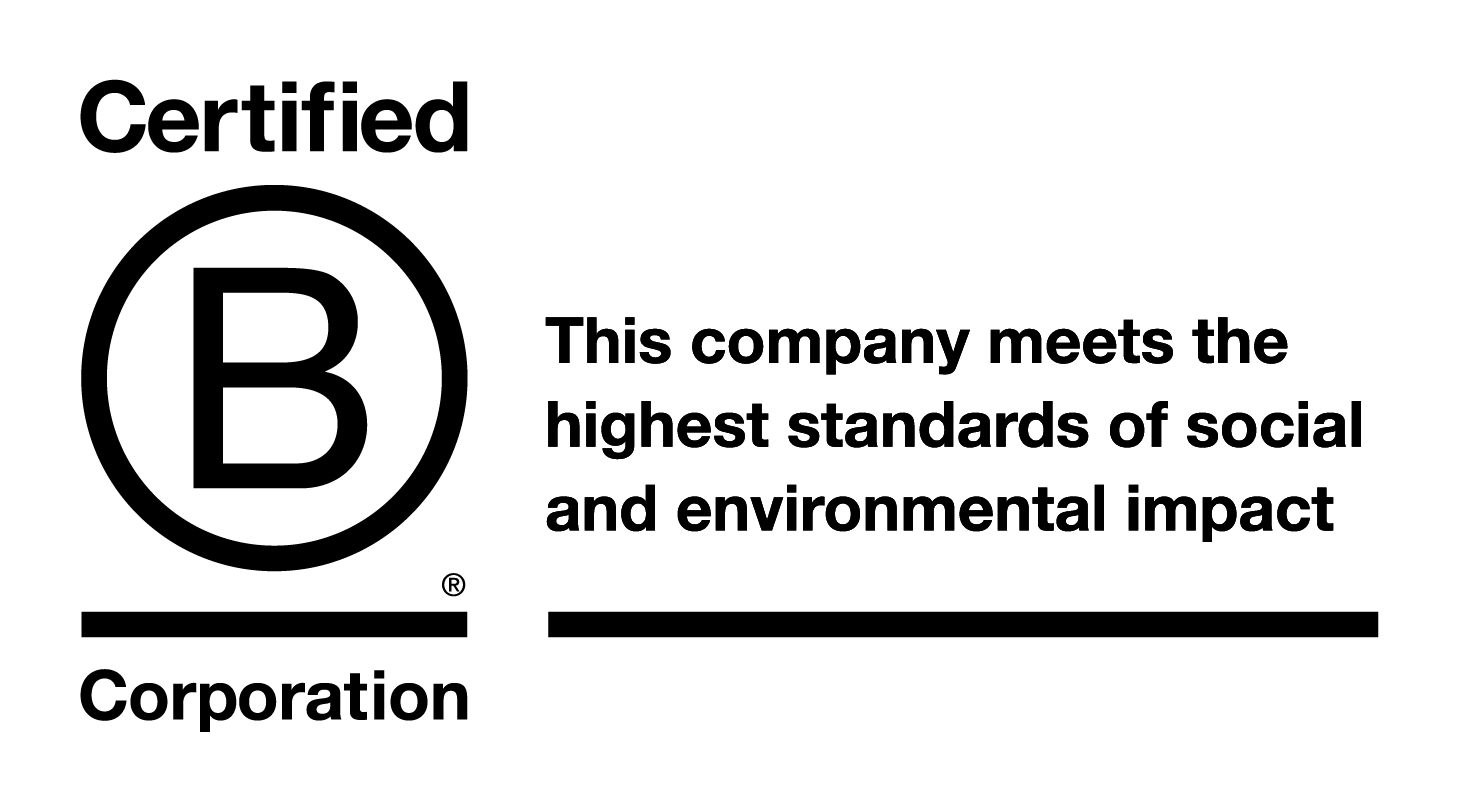Sign up. Be inspired. Get clicking.
COP30: The world's most important climate talks explained
In the heart of the Amazon rainforest, a small boat navigates the winding rivers near Belém, Brazil. Indigenous leaders point to areas where drought and deforestation have reshaped their ancestral lands. This vivid scene sets the stage for the 30th United Nations climate summit, where global leaders will confront similar challenges on a planetary scale.
Scheduled for November 2025, this critical gathering marks three decades of international climate negotiations. Over 190 nations will send representatives to address what scientists call humanity's defining crisis. The choice of Belém—gateway to the Amazon—underscores the urgent need to protect biodiversity while reducing emissions.
Brazil aims to leverage its expertise in renewable energy and forest conservation during these talks. With climate commitments lagging behind scientific recommendations, the summit focuses on turning promises into measurable progress. Participants face mounting pressure to bridge the gap between policy and action before ecological tipping points become irreversible.
Key takeaways
- 30th anniversary of UN climate negotiations brings leaders to Brazil
- Over 190 countries participating in critical policy discussions
- Focus shifts from pledges to concrete climate action plans
- Amazon location highlights biodiversity protection priorities
- Brazil seeks global leadership in renewable energy solutions
- Summit addresses urgent implementation of emission reductions
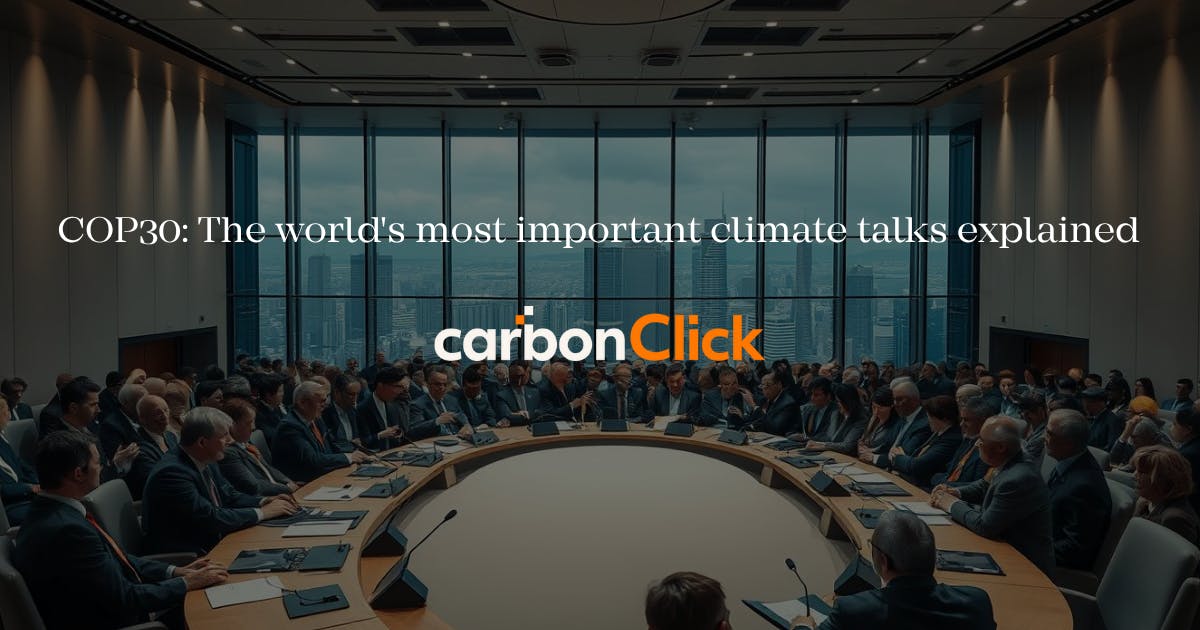
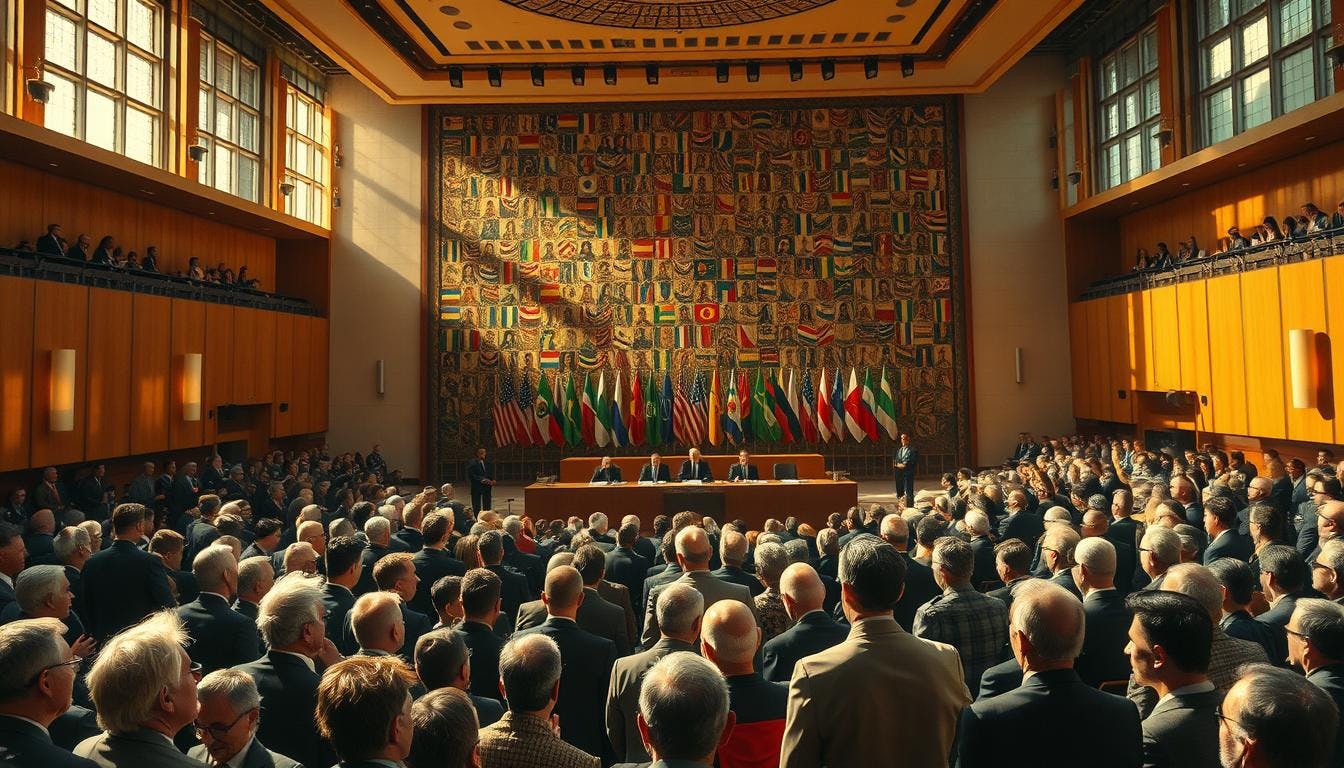
Background and overview of COP30
From its inception in 1995, UN climate conferences have evolved into critical forums for planetary action. This year’s summit marks thirty years of international dialogue and ten years since the Paris Agreement set ambitious temperature targets. Scientists warn current commitments fall short, demanding unprecedented collaboration across sectors.
Historical context and evolution
Early climate negotiations focused on raising awareness about greenhouse gases. Over three decades, talks expanded to include emission limits, adaptation funding, and technology sharing. The Paris Agreement’s 1.5°C goal remains central, though progress remains uneven across nations.
Recent summits shifted from voluntary pledges to binding accountability measures. “We’re past the phase of polite promises,” noted a Brazilian delegate involved in COP planning. This urgency stems from clearer climate science showing faster-than-predicted ice melt and extreme weather patterns.
Global stakeholder engagement
Modern climate negotiations now involve mayors, CEOs, and tribal leaders alongside diplomats. Youth activists and researchers contribute fresh perspectives through side events and policy workshops. This diversity aims to create solutions addressing both industrial emissions and ecosystem preservation.
Brazil’s role as host emphasizes bridging gaps between developed economies and forest-rich nations. The conference structure includes formal negotiation rooms and public innovation hubs, reflecting its dual focus on policy and grassroots action.
Key event details and logistics
As global attention turns to Brazil in 2025, Belém prepares to host one of the largest environmental summits in history. The event will unfold from November 10-21 at multiple venues across the Amazonian city, requiring unprecedented coordination between public and private sectors.
Event date, venue, and hosting in Belém
The Brazilian government established the Extraordinary Secretariat for COP30 (SECOP) to manage complex logistics. This agency coordinates transportation upgrades and security measures across federal, state, and municipal levels. Belém’s tropical climate and riverfront location present unique challenges for hosting thousands of delegates.
Infrastructure investments and preparations
A $1 billion investment fund improves critical areas like highways and telecommunications. Private partnerships expand lodging through floating hotels and converted cruise ships. These temporary solutions address accommodation shortages while creating long-term tourism infrastructure.
Nearby cities will house overflow attendees, connected via upgraded transit routes. The strategy balances immediate needs with sustainable urban development goals. As one SECOP official noted: “We’re building pathways for both conference success and regional economic growth.”
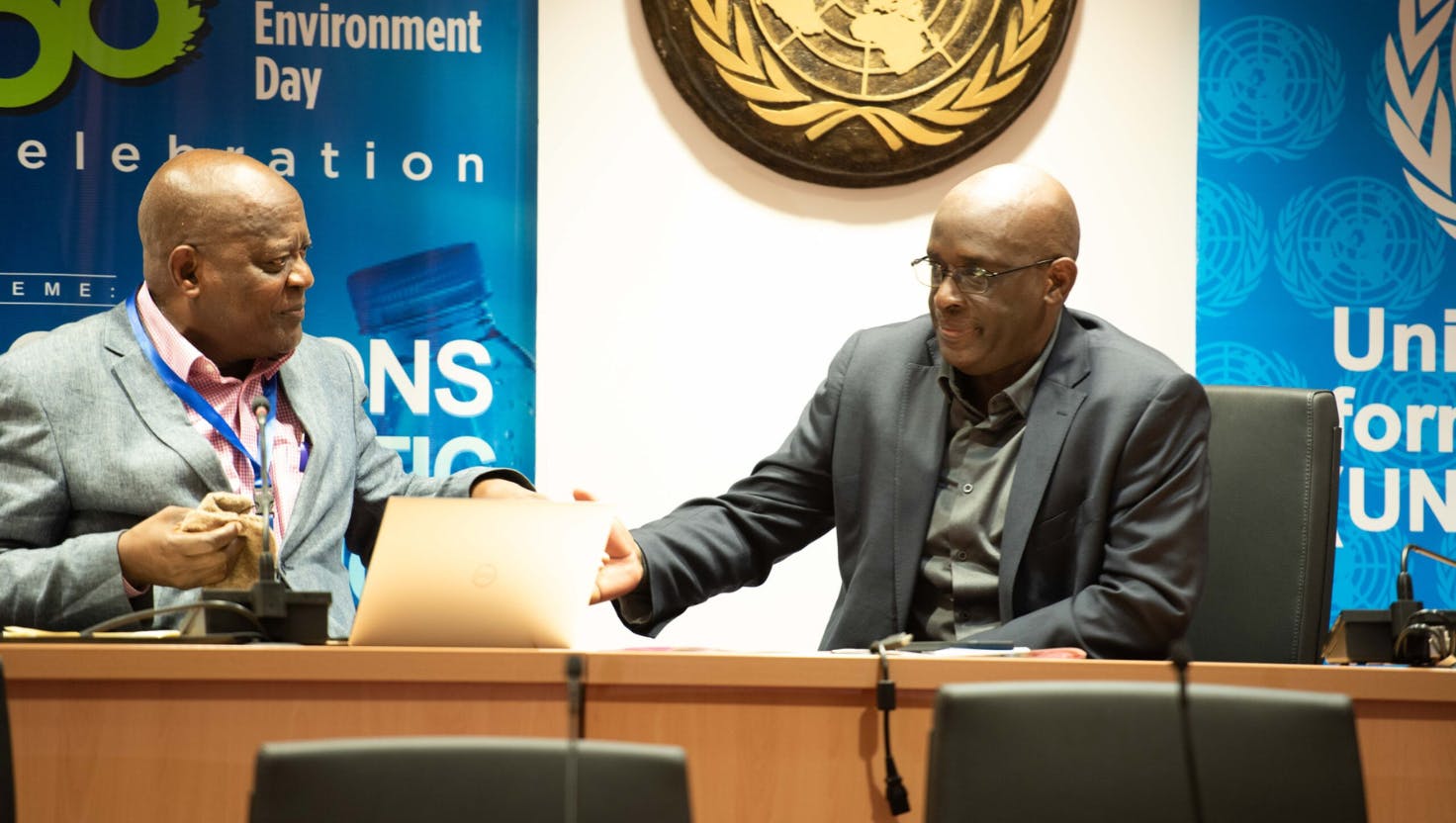

The political and diplomatic landscape
International climate diplomacy reaches a pivotal moment as nations finalize strategies for transformative action. High-stakes negotiations demand unprecedented collaboration between industrialized powers and developing economies.
Role of global leaders and national commitments
A February 2025 closed-door meeting united 17 heads of state from major economies and regional alliances. President Lula of Brazil set the tone:
"The planet is tired of unfulfilled promises. Multilateralism must drive measurable change."
Chinese President Xi Jinping echoed this urgency: "We need results-oriented cooperation, not empty speeches."
This gathering established three critical benchmarks for national plans:
- Binding timelines for emission reductions
- Climate financing mechanisms for vulnerable nations
- Technology transfer agreements between countries
Multilateral negotiations and diplomatic efforts
Regional blocs like the African Union and Caribbean Community push for equitable solutions. Negotiations focus on balancing three priorities:
- Economic growth in developing countries
- Fossil fuel phase-out schedules
- Adaptation funding for climate-vulnerable regions
Diplomats work to align climate commitments with existing Paris Agreement frameworks. Success hinges on creating accountability systems that satisfy both industrialized nations and emerging economies.
Cop30: Key themes in climate negotiations
Global climate efforts reach a decisive phase as nations prepare updated emission reduction plans. The summit’s success hinges on balancing formal agreements with real-world solutions that address both ecological and economic needs.
Nationally determined contributions and the Paris Agreement
Nationally Determined Contributions (NDCs) form the backbone of international climate commitments. These country-specific plans outline emission cuts and adaptation strategies under the Paris Agreement. The third generation of NDCs requires unprecedented ambition to keep global warming below 1.5°C.
Only 19 countries have submitted revised NDCs despite extended deadlines. This delay highlights challenges in aligning national policies with global targets. Experts warn current proposals would still result in 2.4°C warming by 2100.
Tangible action agenda and implementation strategies
The Action Agenda bridges government pledges with grassroots initiatives. Corporations and cities now implement renewable energy projects and carbon pricing systems. Over 4,000 businesses have joined climate alliances since 2021.
Key strategies focus on three areas:
- Phasing out coal plants by 2040 in developed nations
- Tripling clean energy investments by 2030
- Protecting 30% of land/ocean ecosystems by 2030
These efforts complement formal negotiations, creating multiple pathways for progress. As COP30 approaches, integrating NDCs with local actions becomes critical for measurable results.
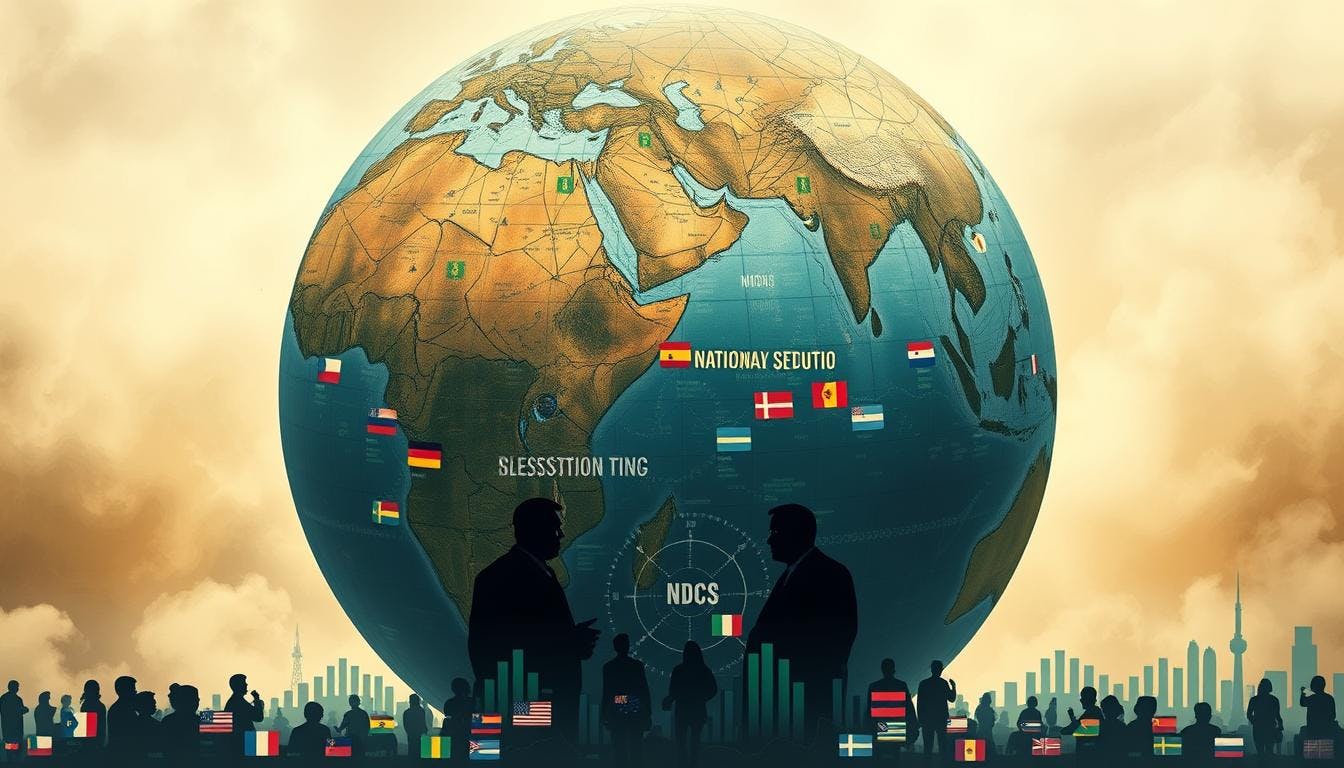
Media, press, and global communication strategies
Global climate negotiations demand transparent communication to billions worldwide. At COP30, media infrastructure bridges policy discussions with public understanding through cutting-edge technology and inclusive access protocols.
Press conference structures and live broadcasts
Daily briefings will stream from purpose-built studios in Belém's Media Center. Technical crews support live feeds in six UN languages, enabling real-time global engagement. Over 40 press conferences are planned, featuring climate scientists and policymakers.
Temporary broadcast hubs offer plug-and-play setups for international networks. Satellite trucks and fibre-optic lines ensure uninterrupted transmissions from Amazonian venues. "This summit's visibility could redefine environmental journalism," noted a UN communications director.
Accreditation procedures and journalistic access
Credentialed reporters gain entry to negotiation zones and expert interviews through a tiered access system. Applications open six months pre-event via UNFCCC portals, prioritizing outlets demonstrating climate coverage expertise.
The Media Centre provides:
- 500 workstations with high-speed connectivity
- Soundproof booths for radio/podcast recordings
- On-demand translation services
Civil society groups and independent media receive dedicated accreditation tracks. This approach ensures diverse voices shape global climate narratives during critical negotiations.
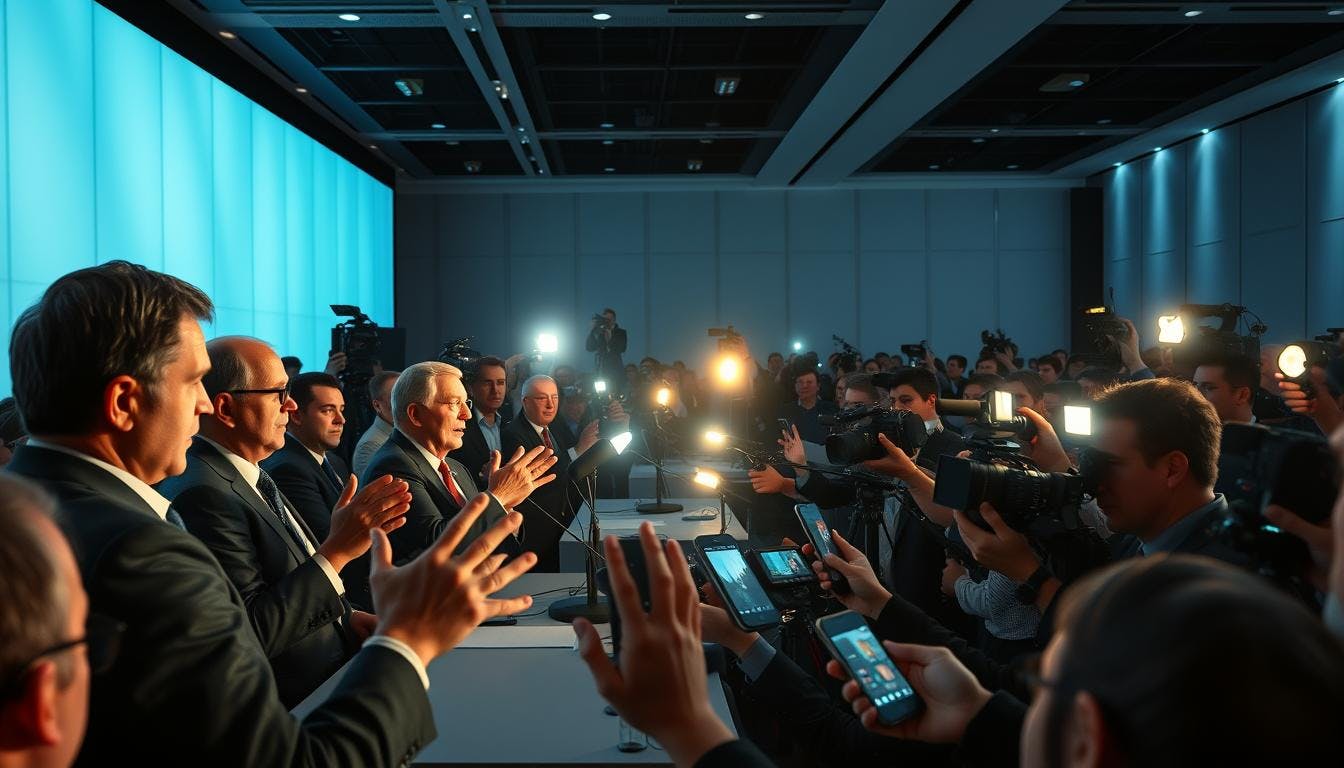
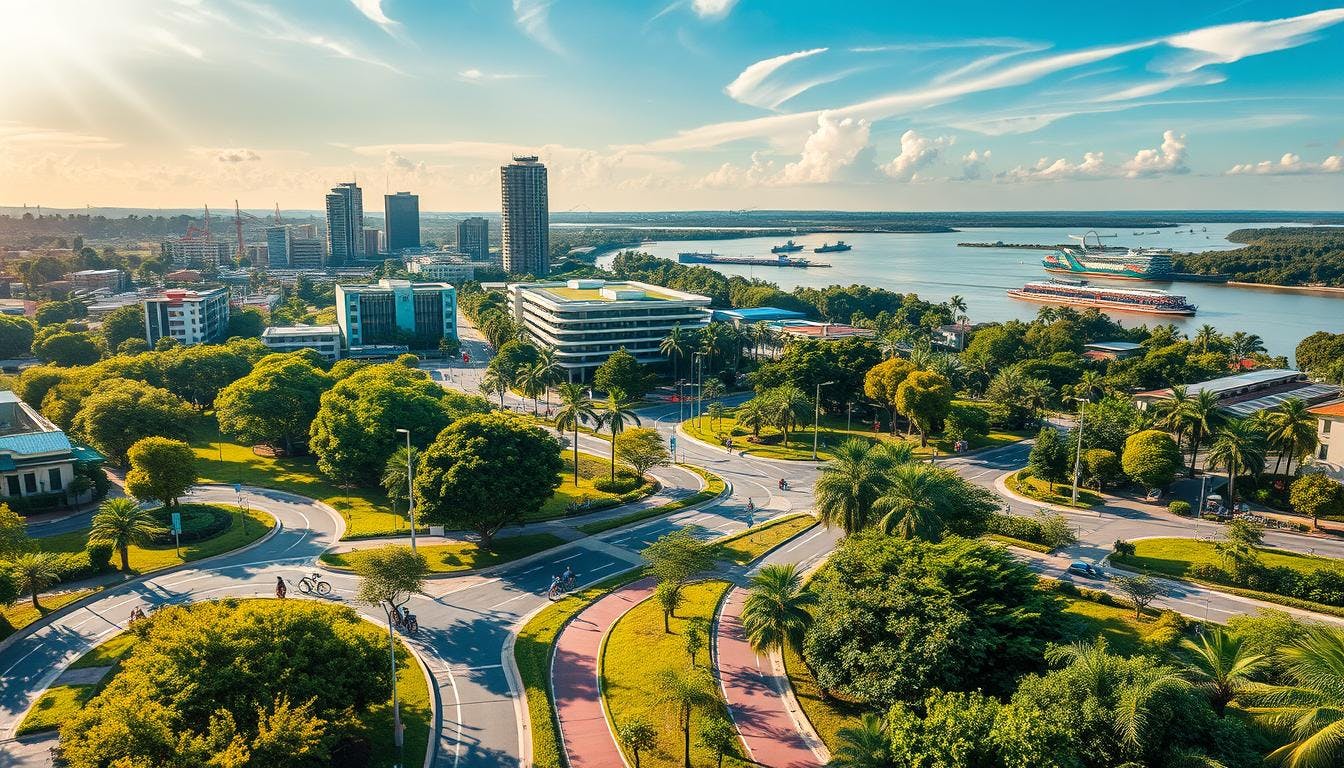
Economic, social, and environmental impacts
Hosting the climate summit creates ripple effects across multiple sectors. Belém's transformation into a global conference hub demonstrates how environmental action can drive economic growth and social equity simultaneously.
Local economic boost and tourism in Belém
The event generates 15,000 temporary jobs in hospitality and transportation. Street vendors, tour guides, and cultural performers gain new income streams. Hotels report 92% occupancy rates months before the summit begins.
Long-term infrastructure upgrades position the city as an eco-tourism leader. Improved waterways and solar-powered transit systems remain post-event. "This investment reshapes how visitors experience the Amazon," says Belém's tourism director.
Sustainable food practices and renewable infrastructure
Event organizers source 80% of meals from family farms within 200 miles. Menus feature Brazil nuts, açai berries, and cassava from agroforestry systems. This approach reduces food miles while supporting traditional livelihoods.
Key sustainability measures include:
- 100% renewable energy powering conference venues
- Compost systems converting food waste into farm fertilizer
- Reusable dishware made from recycled Amazonian materials
These strategies cut carbon emissions by 40% compared to previous summits. They provide blueprints for low-impact events worldwide while benefiting local communities.
Conclusion
As nations come together in 2025, the world's climate efforts will be put to the ultimate test. The summit is a critical time to turn commitments into mechanisms that safeguard ecosystems and people. Across all industries, success depends on combining grassroots innovation with technical solutions.
Now, governments must use legally binding climate action plans to speed up emission reductions. Businesses and civil society organisations are equally important in putting renewable energy transitions into action. Community-led forest management and carbon trading schemes are two examples of collaborative models that show promise.
The framework of the Paris Agreement is still crucial, but urgent scaling is needed for updated nationally determined contributions. Real-world effects will be determined by closing gaps between climate finance and local needs. Sustained investment in clean technologies and fair adaptation strategies are necessary for long-term progress.
The real work starts outside of conference rooms as negotiations come to an end. From energy grids to agricultural practices, every country's commitment must be reflected in real changes. Whether future generations inherit a habitable world or irreversible climate disruptions depends on our collective actions today.
17 South Street
Auckland 1010
New Zealand
info@carbonclick.com- -
- X
Subscribe now to stay up to date with CarbonClick, carbon offsetting and climate action.
By signing up you agree to our Privacy Policy.

